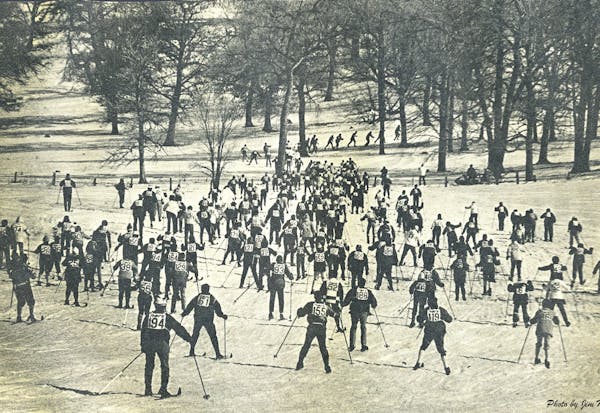When I look at the winter landscape here in Minnesota, it's the snow that contributes most to its beauty since it covers many of the imperfections we live with, and is especially appreciated around the holidays.
One of nature's special gifts are snow-covered evergreens, a truly beautiful sight. Here in the metro area, we expect to see snow on evergreen boughs for 30 or more days a year. Wind and thaws remove the snow during the rest of the time.
Who couldn't be impressed with the snow-covered or even bare species and varieties of pines, firs, spruces, junipers, arborvitae, and yews at the Minnesota Landscape Arboretum in Chaska. They are natural, beautiful trees and shrubs to plant for our northern winters, and they do many things for us. They fill in for the deciduous trees and shrubs that have dropped their leaves and look bare and cold in the winter landscape. When maples, basswoods, elms and ashes lose their leaves in fall, evergreens give us bulk. They protect us from the cold winds, give us privacy and make us feel sheltered as they add their shades of green to the white and brown winter scene. Evergreens provide food plus shelter for resting and roosting for many birds and other animals.
A friend from Faribault who is a naturalist told me a few years ago about a small flock of ring-necked pheasants that he watched roosting just 3 to 4 feet off the ground in a grove of Norway spruces. And I know for certain that northern cardinals, dark-eyed juncos and many black-capped chickadees roost in spruces and pines.
I have spent parts of many summers in Itasca State Park, and have enjoyed the North Shore of Lake Superior at all seasons. Both of these areas are rich in the numbers of black spruces, white spruces and balsam firs that have a spire-shaped growth form. Heavy snow can be tough on evergreen trees and shrubs, but these three species with their tall narrow structures that act like a steep-pitched roofs, allow the snow to slide off. Yet snow still gets caught on the boughs. It's beautiful to us, but research shows that a single 40-feet balsam could hold more than 6,000 pounds of snow. With its flexible boughs, it will be fine.
Jim Gilbert's Nature Notes are heard on WCCO Radio at 7:15 a.m. Sundays. His observations have been part of the Minnesota Weatherguide Environment Calendars since 1977, and he is the author of five books on nature in Minnesota. He taught and worked as a naturalist for 50 years.

KAT in early foul trouble, but came back big in second half

Another big Vikings need might not be addressed early in draft

Wild roster 2024-25: Who stays, who goes after playoff failure?

